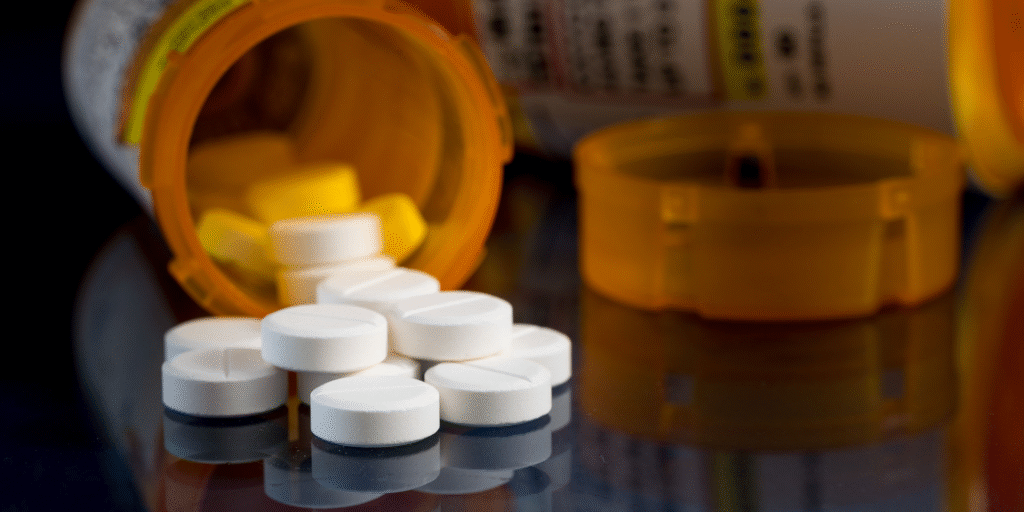Every week, we’re reminded of the devastating impact opioid addiction continues to have on communities across the U.S. Families have lost loved ones to overdoses, and the crisis shows no signs of slowing down. To take meaningful steps toward solving this problem, we must first understand how it began—and how the next generation of healthcare professionals is stepping up.
What Are Opioids?
Opioids are a class of powerful prescription painkillers. When used properly under medical supervision, they can be highly effective for pain relief. However, opioids also stimulate parts of the brain that control pleasure and reward, making them highly addictive—especially when taken in high doses or more frequently than prescribed.

How the Epidemic Grew
In the early 1990s, pharmaceutical companies assured the medical community that opioids were safe and non-addictive when prescribed for pain. As a result, prescriptions soared. Over time, it became clear that these drugs could, in fact, lead to addiction, tolerance, and death—even when used legally. But by then, the damage was already unfolding across the country.
By 2015, drug overdoses became the leading cause of accidental death in the United States. In 2016, opioids were involved in 66% of those deaths. In response, the opioid epidemic was officially declared a national public health emergency in 2017.
A Grassroots Response: 2018 Innovation Challenge
In Erie County, New York—where opioid overdose rates are well above the state average—two educational institutions took action. The University at Buffalo School of Pharmacy and Pharmaceutical Sciences and Buffalo Academy of the Sacred Heart teamed up to educate their local community.
Together, they launched OpiEducate, a youth-focused initiative to raise awareness among high school students before opioid misuse begins. Their goal: prevent first-time misuse and empower students with knowledge and tools to make informed decisions.
Why Focus on Teens and Young Adults?
Statistics show that most teens who misuse prescription opioids get them from friends or family. Additionally, young adults aged 18 to 25 are the highest users of these medications. By reaching students early, OpiEducate aims to break this cycle through education and community involvement.
OpiEducate in Action
The two schools organized a pilot health fair to test their program’s impact. Held at Sacred Heart Academy, the event drew 35 STEM students and lasted nearly two hours. To measure the program’s effectiveness, students completed pre- and post-event surveys.
Before the event, 47% of students reported they had little to no knowledge about opioids. Afterward, 100% said they felt informed.
Spreading the Word
The success of the pilot inspired the creators to expand the program beyond their community. The University at Buffalo School of Pharmacy is encouraging other schools to adopt the OpiEducate model and bring it to their own campuses.
If you’re interested in implementing the program, visit the University of Buffalo’s website to access resources and learn how to take part. OpiEducate is more than just an educational initiative—it’s a way for future pharmacists to lead change in one of the most urgent public health issues of our time.
